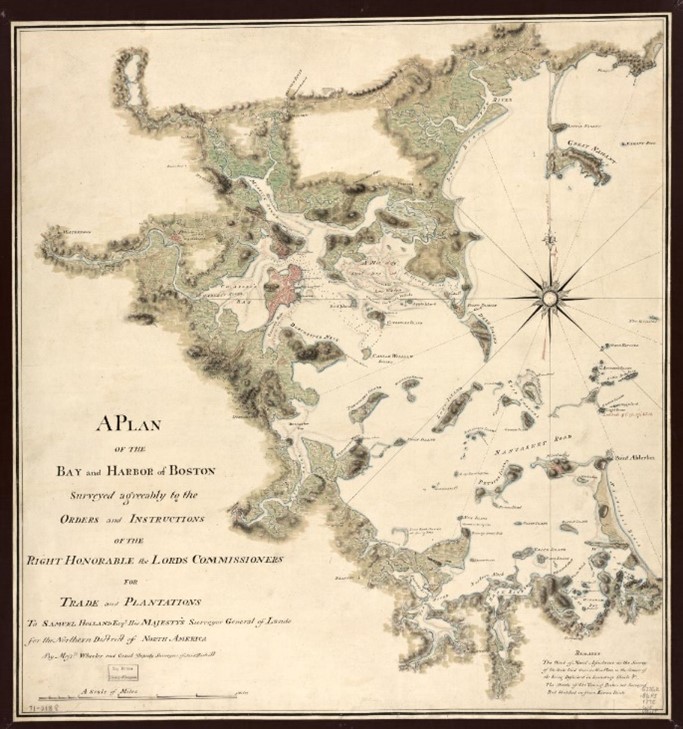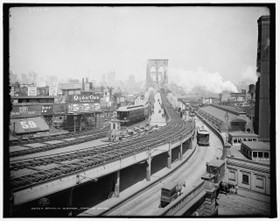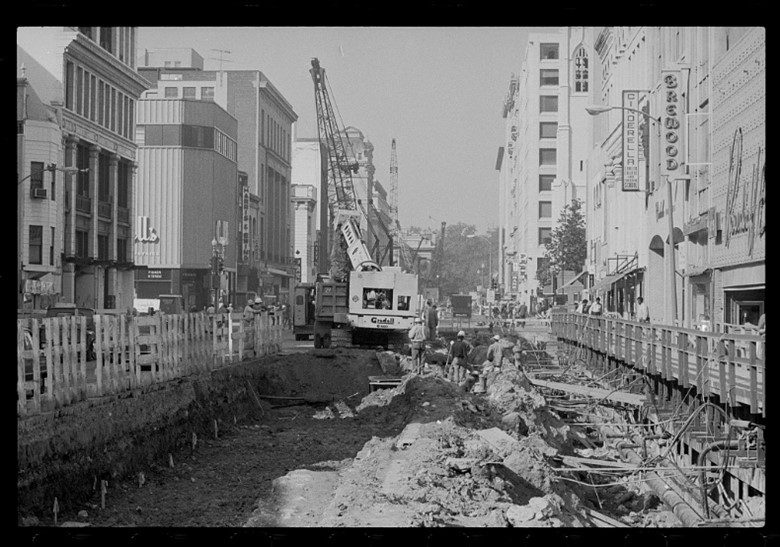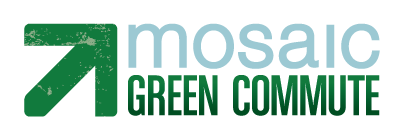Urban mass transit has been a part of American life since the early 19th century and is used by millions of Americans each day. However, those first forms of urban transit didn’t look like the systems that we have today. Our current transit system took several detours as it evolved over the years.

Origins
According to the Federal Transit Administration, the origins of transit in the US date back to 1630, when the first public ferry boat began operation around Boston Harbor. Yet, it would be nearly 200 years before we saw the next evolution of transportation. Sea vessels would continue to play a major role in early transportation, as the advent of the steamboat in 1811, first used along the Hudson and East Rivers in New York City, revolutionized how Americans traveled between coastal cities.
From Sea to Land
As the US population began spreading from the coasts, the creation of the Baltimore & Ohio Railroad in 1830 connected coastal centers with their landlocked counterparts. The first B&O Station is still around today, maintained as a museum in Ellicott City, Maryland near Baltimore.
As far as traveling locally, Americans relied on horse & buggy to get from place to place. However, even with the creation of the US’ first horse-drawn omnibus in 1828, the booming urban populations quickly outpaced the capacity and cost of horse-drawn methods.
Transit as a Public Service
The first publicly operated rail line opened in 1883, connecting Manhattan with Brooklyn, via the Brooklyn Bridge. More funding was approved by the city in 1894, and after a decade of construction, the iconic New York subway opened to the public in 1904.

While specific routes were previously built and operated by local governments, the first fully-municipal railway system began operation in San Francisco, California in 1912. The creation of this system was followed by the development of public railway systems in Seattle and Detroit.
The true turning point between available transportation and public transit as a service comes in the late 19th century with the invention of gasoline and diesel-powered buses, which only required minimal infrastructure changes. Prior, most transit systems were owned by private businesses and were operated for profit.
By 1926, transit ridership in America peaked at 17.3 billion passenger trips. As more Americans began using transit, more started to split their commute methods. The first park & ride as we know them today opened in 1927 in Philadelphia, along with our first rail-bus transfer station.
20th Century Federal Funding
During the Great Depression, President Franklin Delano Roosevelt formed the US Public Works Administration and provided large-scale federal funding for mass transit as a way to provide employment for tens of thousands. From this point onward, commuter rail began popping up in cities all over the country.
Most transit systems that we use today can be attributed to President Lyndon B. Johnson, who signed the Urban Mass Transportation Act of 1964 which provided $375 million ($3.5 billion in today’s dollars) to fund local public transit projects all over the country. This package also created the Federal Transit Administration (known prior to 1991 as the Urban Mass Transit Administration). This piece of legislation funded the creation of the Washington, DC Metro that we know today.

There are many people to thank for the emergence of mass public transit, but the real champion is you: the Rider. Without ridership, there would not have been demand for this evolution in how we travel. We are grateful to be your partners in transportation, and we hope to see ridership continue to increase and create demand for future improvements.
